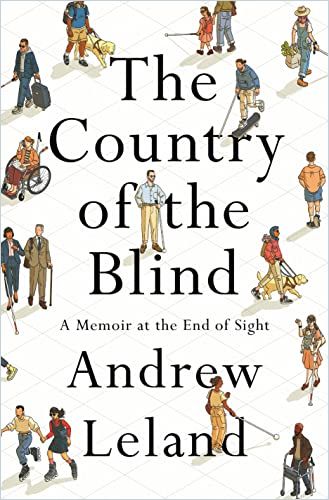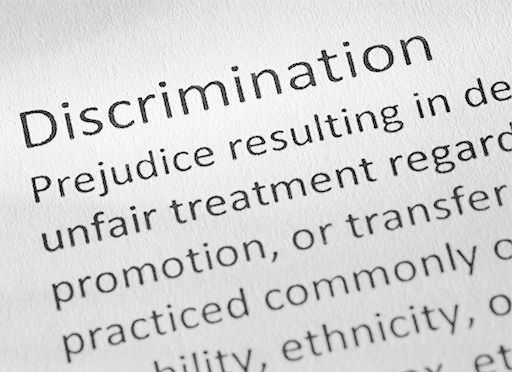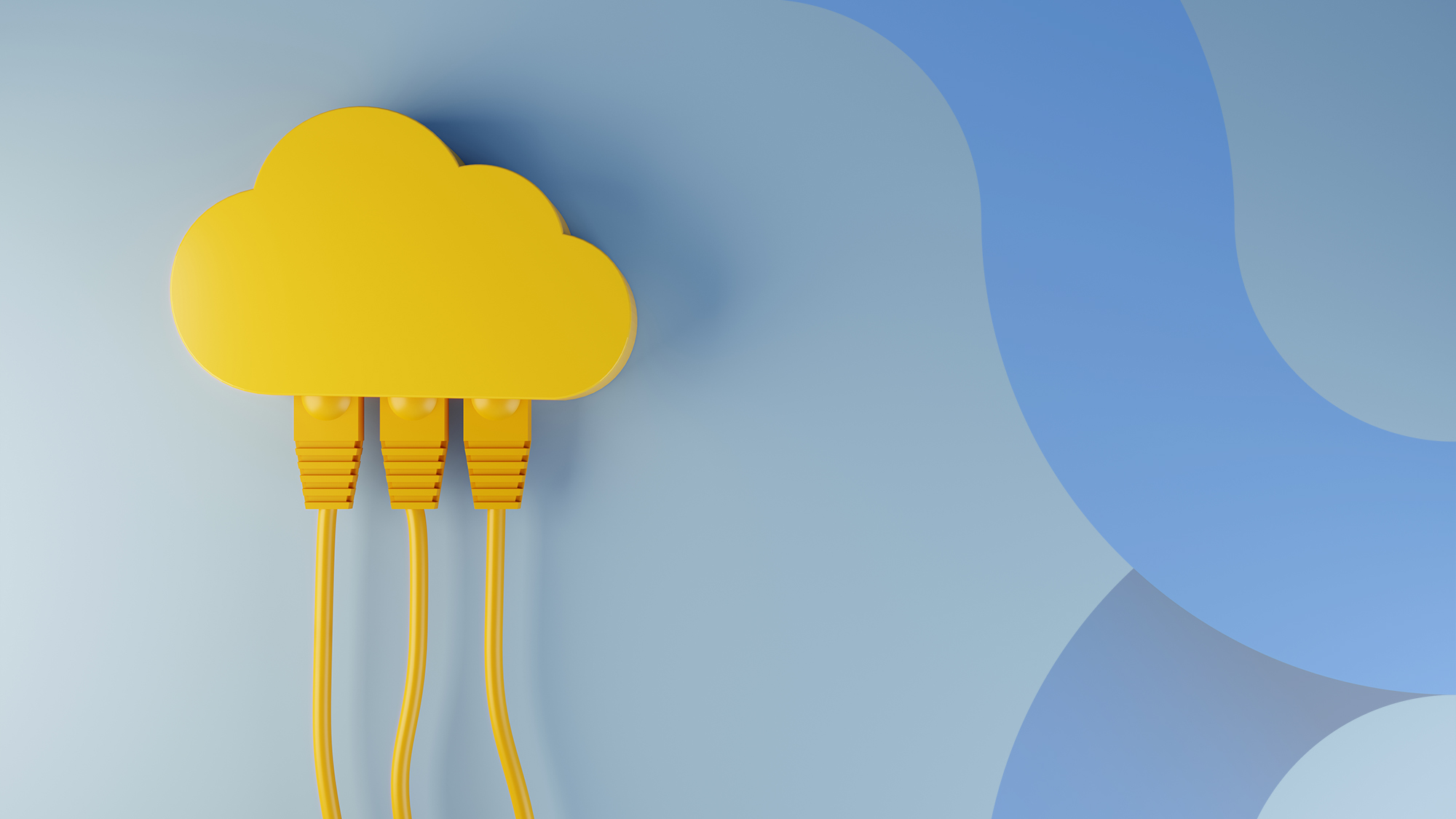Andrew Leland, editor of The Believer and former host of The Organist podcast, provides a compelling account of his increasing blindness and the enormous changes it brought to his life.

Ever Darker
Retinitis pigmentosa (RP) is a painless, degenerative eye condition that leads to blindness. The disease progresses incrementally, enabling people with RP, including Andrew Leland – editor of The Believer and former host of The Organist podcast – to contemplate their oncoming blindness. Though society often marginalizes blind people, Leland argues that blindness reveals new ways to exist in the world.
Blindness
In the popular imagination, blind people are absolutely sightless, but most blind people don’t live in total darkness. Unfortunately, the shadows they may perceive with their eyes don’t help them function in the world.
Despite the poetic impulse to equate blindness with darkness, it’s rarely experienced as a black veil draped over the world. Only around 15% of blind people have no light perception whatsoever. Most see something, even if it isn’t very useful.Andrew Leland
Blind people still have a working visual cortex. The brains of people born blind construct an understanding of the world based on their functioning senses. People who go blind later in life suffer a more difficult transition. No matter how a person goes blind – a genetic abnormality, a mishap during birth, war wounds, industrial accidents or disease – blindness shapes that person’s life. Yet blindness doesn’t define blind people.
Blind people and poverty often go hand in hand. A privileged one percent of those who are blind can afford expensive assistive technologies, but most blind people lack the funds for such aids. In the United States, a fifth of blind people don’t graduate from high school and only 16% complete a college degree. Nearly 70% of blind people are unemployed, and society often regards blind people as unemployable.
The US has only had a legal definition of blindness since the 1930s, when it emerged as a way to decide who was eligible for the New Deal’s slate of federal services and entitlements for the blind.Andrew Leland
Healthy vision sees a range of 140 degrees. When you see a field smaller than 20 degrees, you’re blind by law. If you can’t read the large “E” atop a vision-test chart, even with glasses, you’re considered legally blind. Unfortunately, few ophthalmologists understand how a blind person lives and most remain unaware of the services that are available to help blind people thrive.
Leland’s encroaching blindness increasingly affected his relationship with his wife, Lily. As his vision declined, he began walking into furniture, even at home, and losing track of items he’d recently put down. Eventually, Leland had to give up driving cars and riding bikes. He loathed that his developing vision problems made him appear vulnerable. People associate masculinity with being powerful, authoritative and in control.
Needing help, he felt, compromised his masculinity. Leland worried that Lily was envisioning a future in which she’d have to quit her job to become his “full-time personal attendant.” As he describes in fascinating detail, his path to a happier and more productive alternative was to pursue a complete menu of training in how to navigate the world without sight.
In a typical year, the National Federation of the Blind’s (NFB) national convention draws more than 3,000 attendees. Most attendees are blind – a rare novelty. Attending the convention was Leland’s first experience after he lost his sight of feeling part of a community rather than feeling separated from those around him due to his blindness.
Chancey Fleet, head of the NFB, is an assistive technology coordinator at the New York Public Library. He seeks to ameliorate “image poverty” by using 3D printers and braille maps, among other technologies, to enable blind people to fashion their own images. When it comes to enjoying art as a blind person, New York City’s Metropolitan Museum and Museum of Modern Art, like some other institutions, offer “touch tours” during which blind people can touch selected sculptures and tactile replicas of 2D works.
In a society that places enormous importance on how people look, even blind people remain prone to thinking in terms of appearance. As Leland’s blindness advanced, he let go of his old image of masculinity and formulated a new image of himself.
Learning Braille
In the past, blind people needed someone to read and write for them.In the 17th century, blind British poet John Milton composed large swaths of Paradise Lost by reciting passages to anyone who would write them down.
In the 18th century, a format that enabled blind people to read emerged in Paris. Valentin Haüy, who founded the world’s first school for blind students, developed a “raised-letter reading system.” The resulting books were enormous.
In the 19th century, Charles Barbier offered a “code of raised dots.” His student, Louis Braille, perfected this system, simplifying each “dot cell” and altering how the system transcribed words to align the blind reader’s experience with that of a visual reader. Reading Braille stimulates the visual cortex of blind people in a way that’s similar to how sighted people’s visual cortex responds to visual reading.
Since the advent of talking books – the first audiobooks, developed in the 1930s exclusively for the blind – several generations of blind students have been discouraged from learning braille.Andrew Leland
Leland’s caseworker from the Massachusetts Commission for the Blind discouraged him from learning Braille. She felt that Leland – like most adults who try to learn it – would find it too challenging. She argued that screen readers and audiobooks make learning Braille a pointless hassle. However, some regard blind people who don’t learn Braille as not truly literate because they never have direct contact with text. Learning Braille, Leland emphasizes, has other advantages. For instance, it enables sight-impaired people to read aloud to their children or grandchildren.
Street Smart
Leland had been researching and writing about blindness for about three years when he attended the Colorado Center for the Blind, an NFB training center run by blind people. Residencies average around nine months, during which a person wears a sleep shade for hours daily and learns to read braille, use screen readers, perform basic household tasks and navigate alone in an urban environment using a cane.
Leland learned to find his way on city streets, first with a guide and, eventually, alone, taking clues from the sounds around him and using other “nonvisual techniques.” He noticed that, over time, the way he experienced the world changed. He became patient and more willing to be still and listen to his surroundings.
I still felt I hadn’t experienced the real immersion [in blindness] I’d need. Even with my cane sweeping in front of me, I was still mostly living in my eyes, clinging to my residual vision, and trying to maintain a sighted relationship with the world.Andrew Leland
As with most blind people, Leland suffers prejudice and marginalization, and he appreciates his dwindling vision more than ever. As he becomes more adept at managing the loss of his sight, he concludes that blind people are just like everyone else – except they don’t see very well.
Bravery and Humility
Leland’s lyrical, intimate narrative forthrightly describes his gradual loss of eyesight and provides a revealing, warmly personal account of the history, politics and practicalities of blindness. His chronology is free of self-pity, though he addresses his regrets and frustrations in detail. He emphasizes that losing his sight triggered a re-evaluation of his life and his most important relationships. Leland tracks his determination to adapt to his new condition and, indeed, he seems to have done so with admirable calm, courage and humility. His history of how society perceives blindness is fascinating, and his conversational style makes this a compelling, illuminating read.





